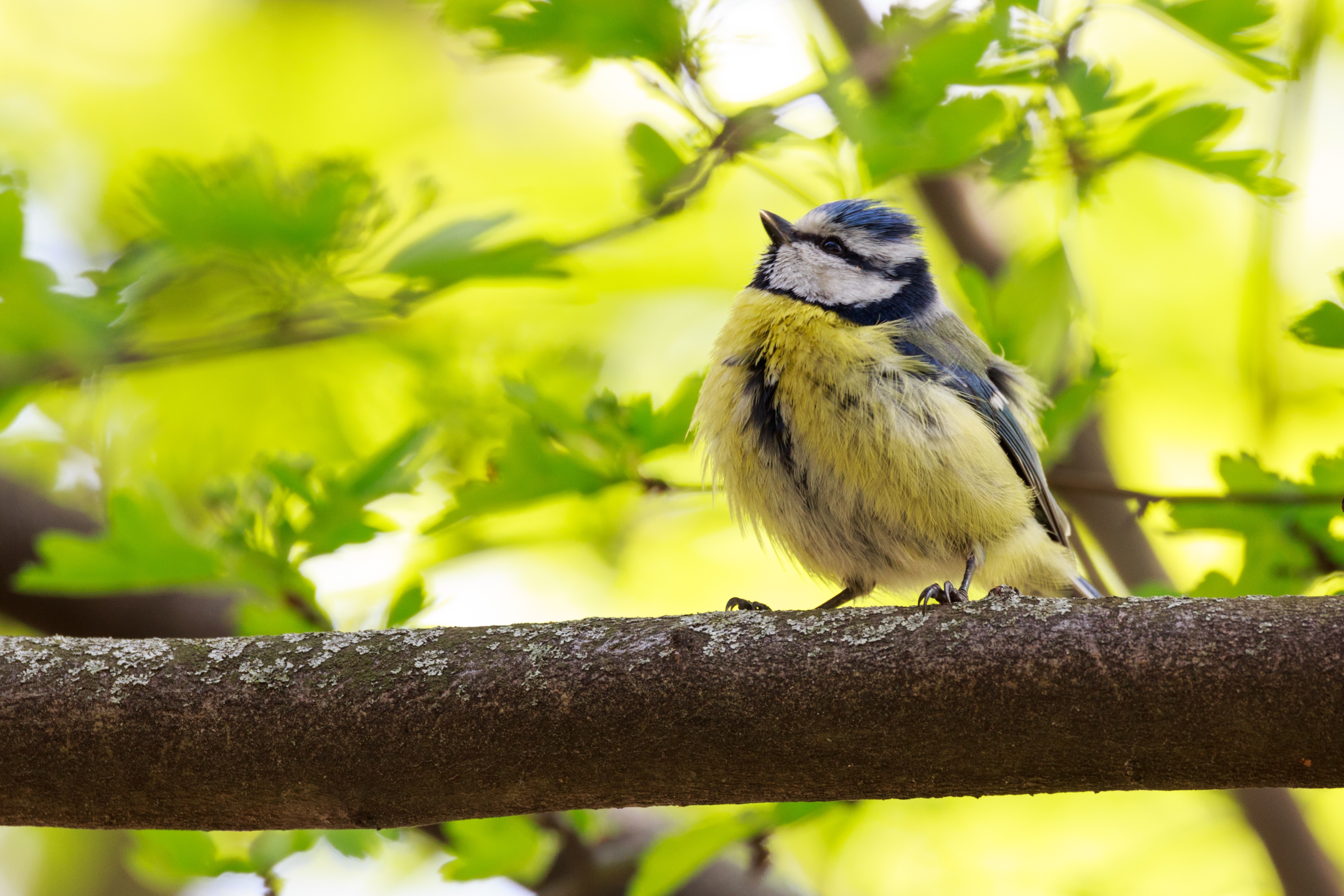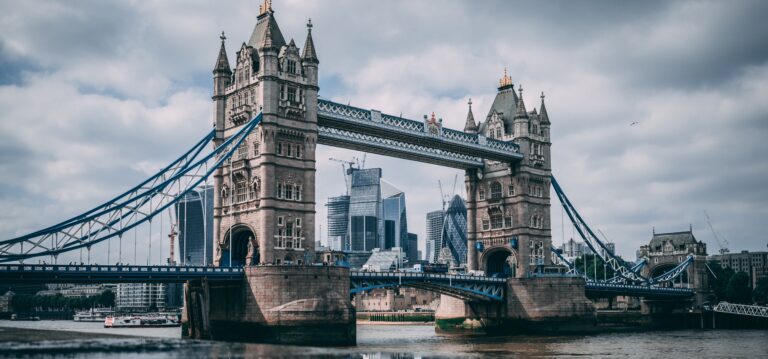
UK nature under assault: failed biodiversity targets and water stress
The United Kingdom is already one of the most nature-depleted countries in the world, yet the onslaught on our natural environment is showing no signs of slowing while human population continues to grow. Two key new reports demonstrate that UK wildlife and freshwater sources face a dire future unless urgent action is taken to protect them.
Failed targets, failing national parks
The UK’s latest progress report to the Convention on Biological Diversity states that it will fail to meet 14 out of the 19 targets it set in 2010. The UK targets are due to be met by 2020, as part of (non-legally-binding) commitments made across the world for the UN Decade on Biodiversity.

Key targets included significantly reducing habitat loss and degradation as well as improving the conservation status of threatened species. Sadly, the opposite has happened, with habitat and wildlife increasingly giving way to infrastructure developments and agriculture. Some species are particularly hard-hit, including farmland birds and pollinating insects.
In addition, the UK has failed to meet its targets to end overfishing, with half of fish stocks still being depleted faster than they can regenerate. At the same time, conservation funding has decreased and public awareness of the threats to biodiversity has not improved since 2009.
RSPB Chair Kevin Cox has highlighted the failure of UK national parks to protect wildlife in an interview with The Sunday Times. Indeed, many “protected areas” are in worse condition than areas outside of parks due to widespread damaging activities including livestock overgrazing, pesticide use and grouse moor management.
“It’s a tragedy. National parks are now places where wildlife goes to die.” – Bird expert Derek Gow
Growing population, increasing water stress
A new report from the Environment Agency shows that current groundwater extraction in England exceeds the sustainable level for almost a third of groundwater bodies and up to a fifth of all surface waters.

It highlights that the dangerous combination of rapid population growth and climate change could result in severe water shortages by mid-century. The UK’s population is expected to reach 73 million by 2041, with the fastest growth occurring in areas that are already the most water-stressed.
To make up the expected deficit, the Environment Agency says people should reduce their household water usage and that supply will need to be increased by fixing leakages and building new infrastructure, including reservoirs and desalination plants.
With only 8.5% of UK land under “protection”, and less than 32% of that in “good” condition, we simply cannot afford to lose any more nature.
As stated by Population Matters Director Robin Maynard in a letter to The Guardian:
“Instead of trying to square the circle of finite supplies and growing demand, why not recognise that achieving a population that our resources can provide for is preferable to drowning more of our natural environment under reservoirs or endangering precious ecosystems through further water abstraction?”

